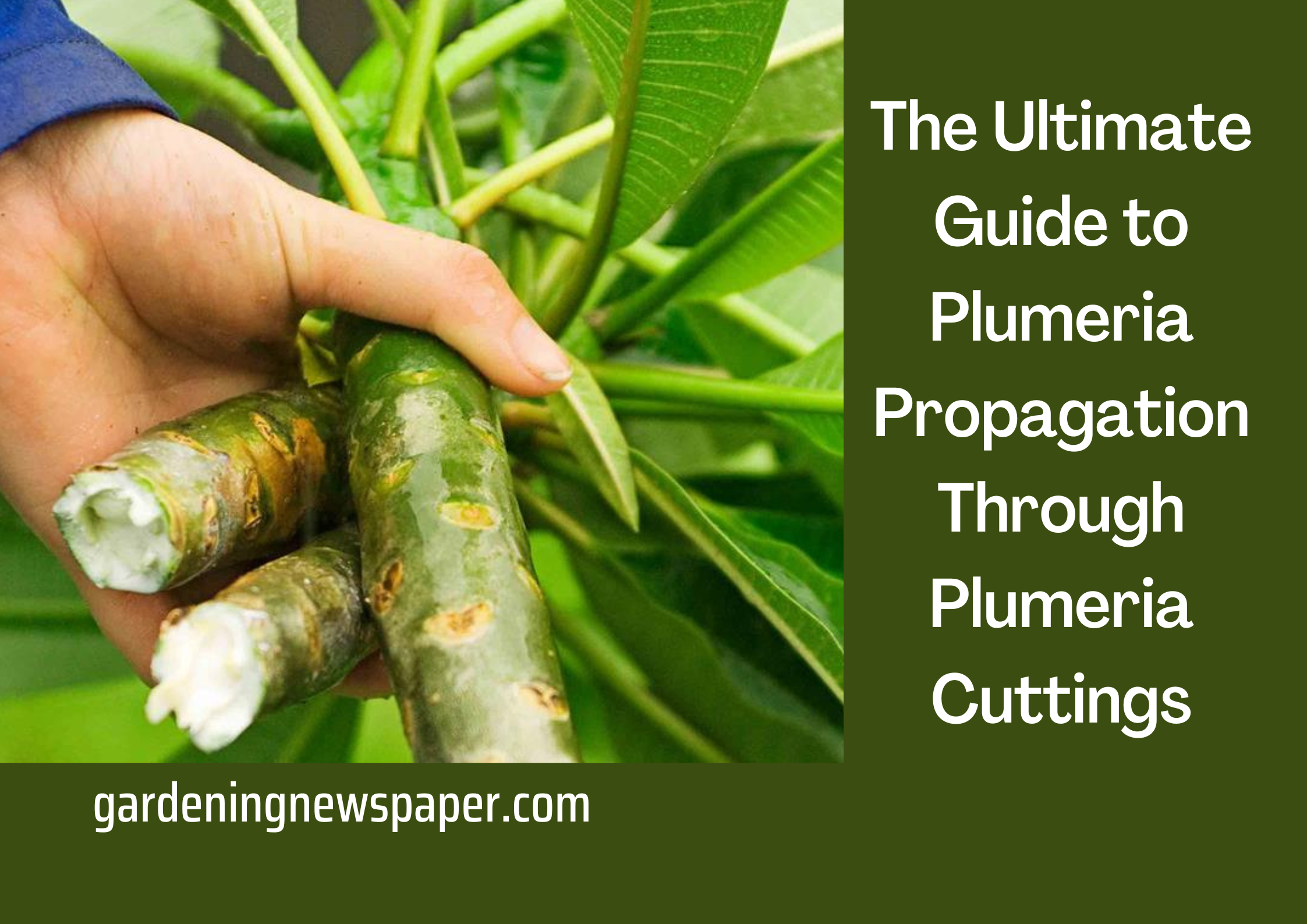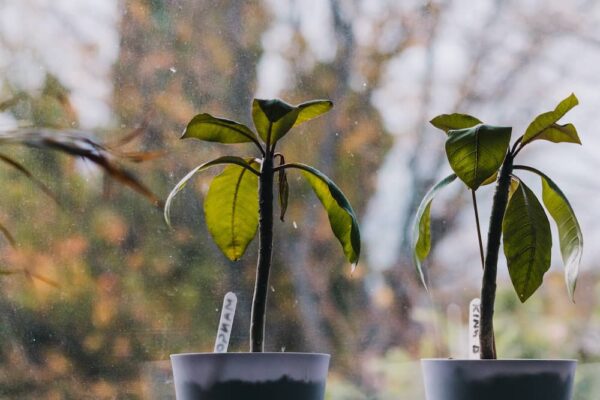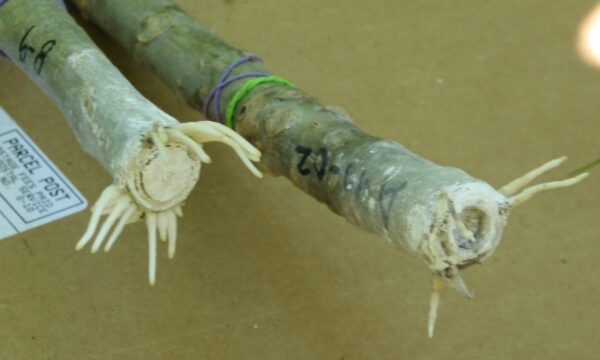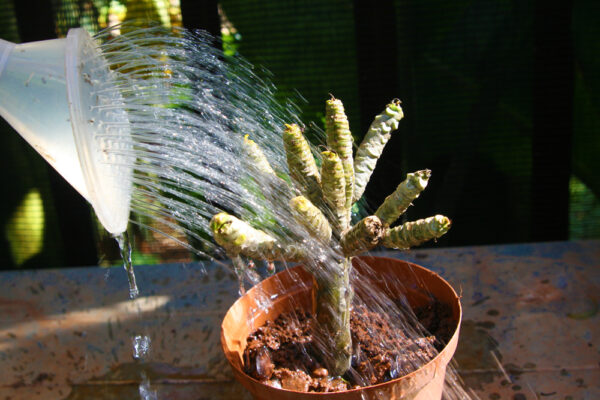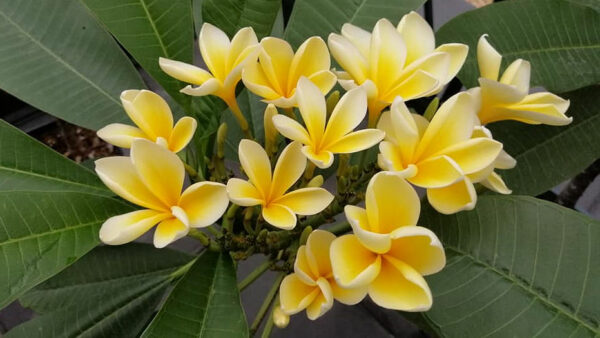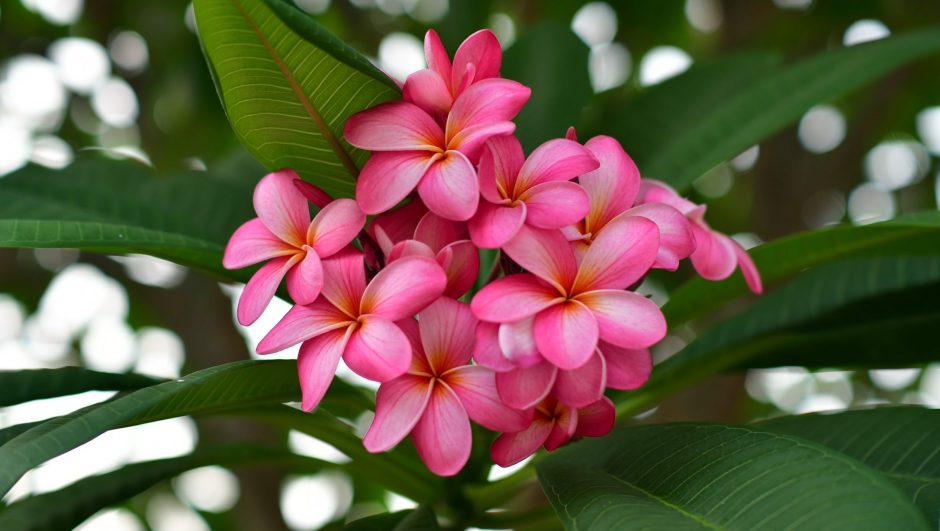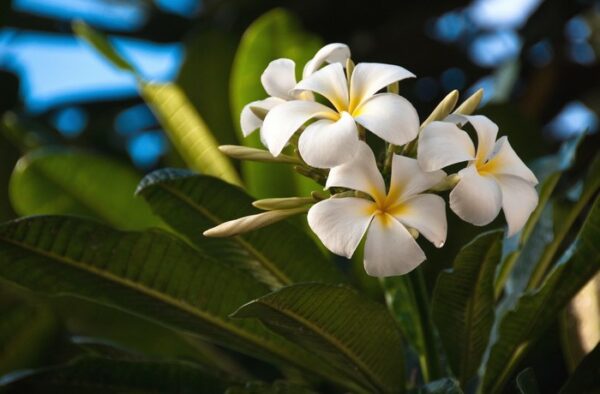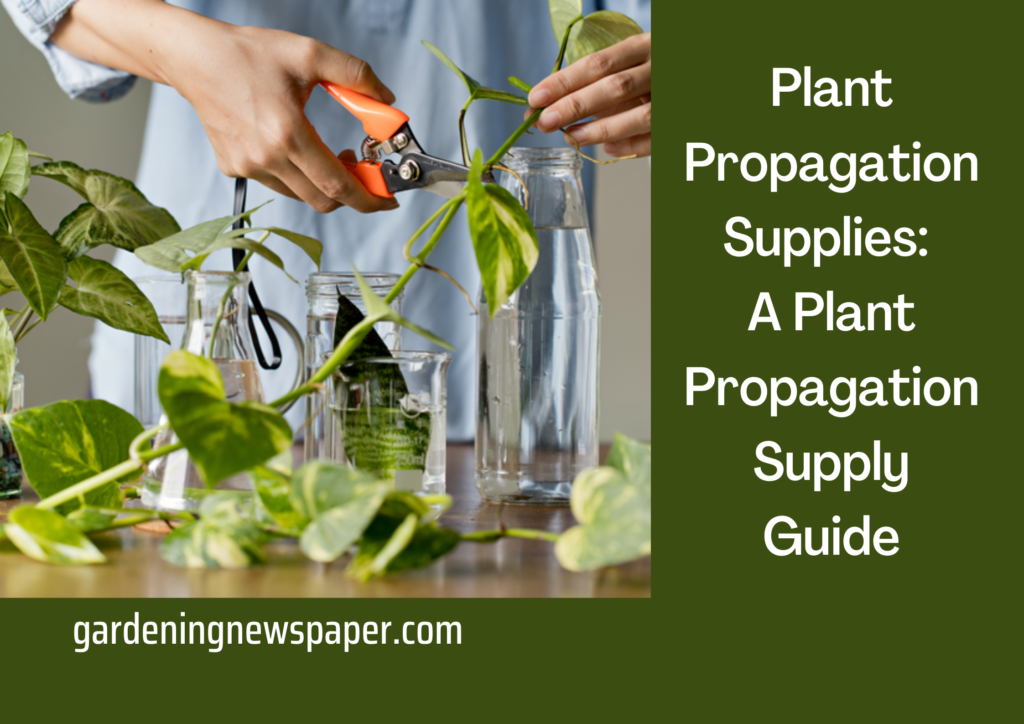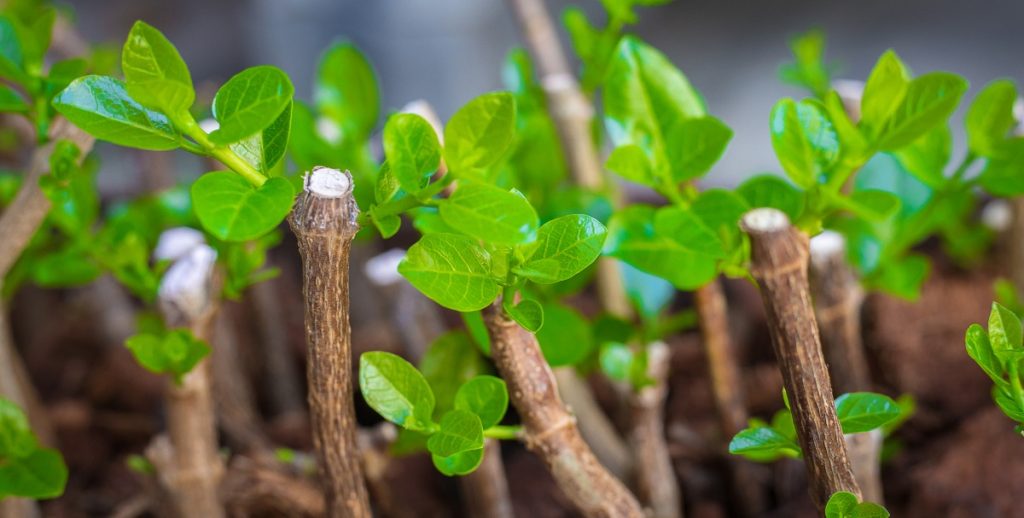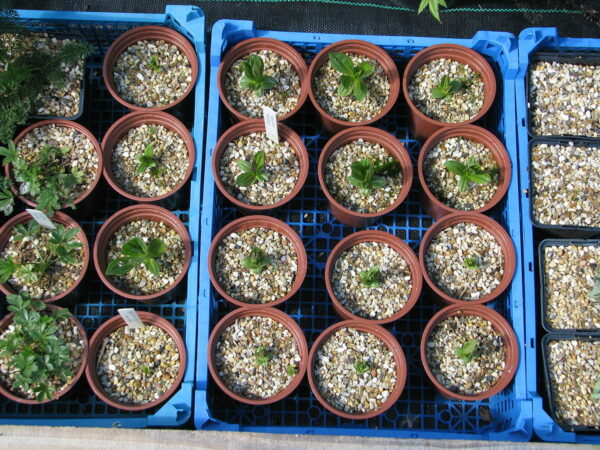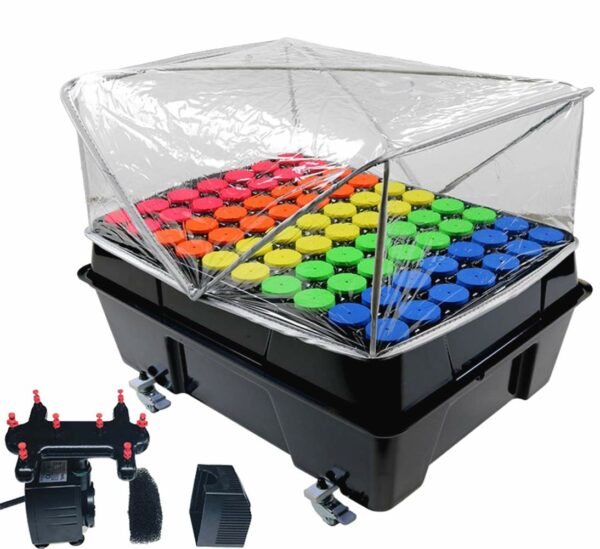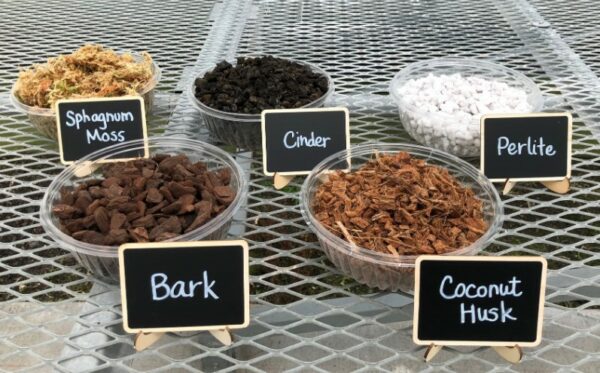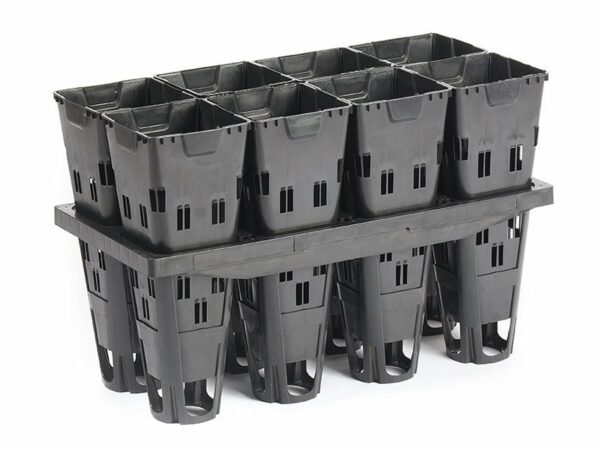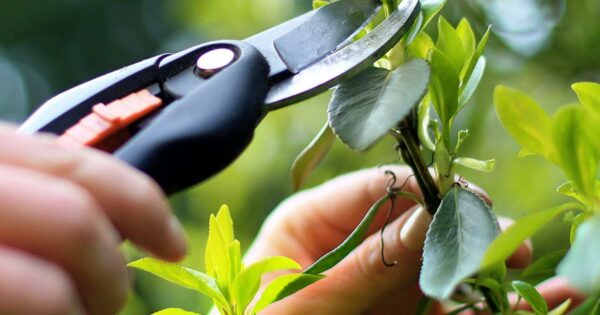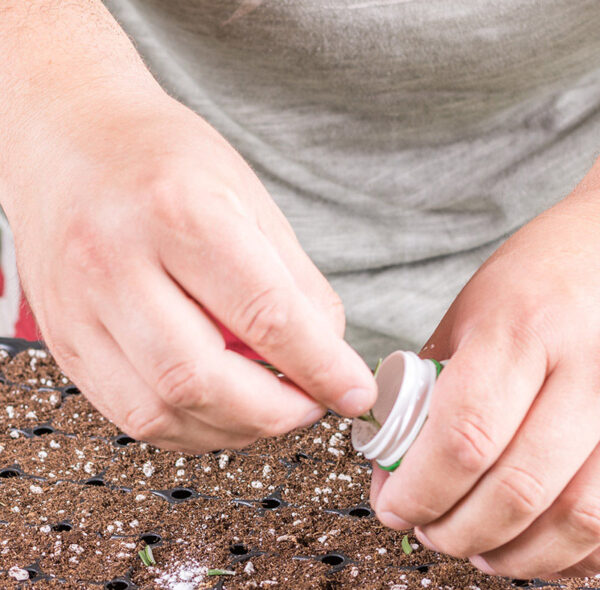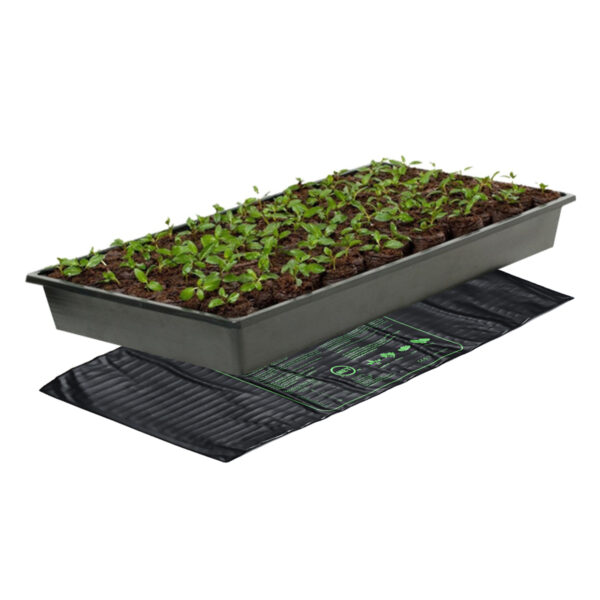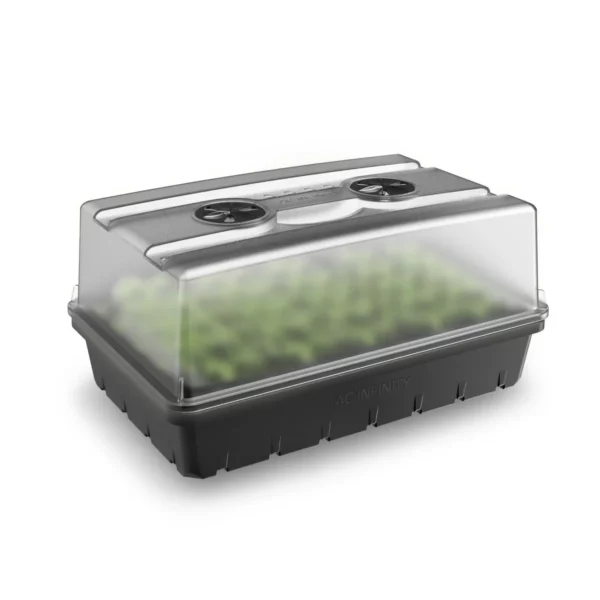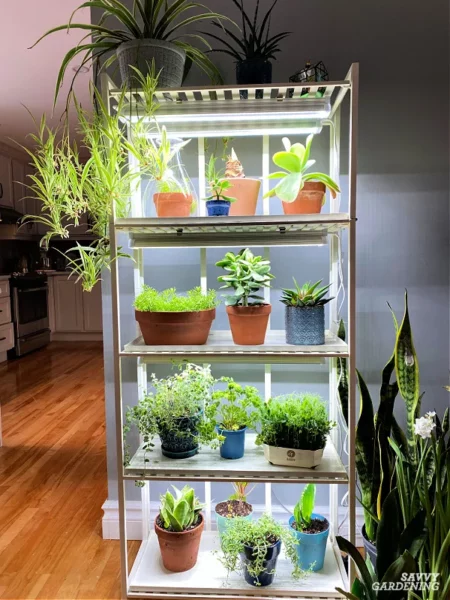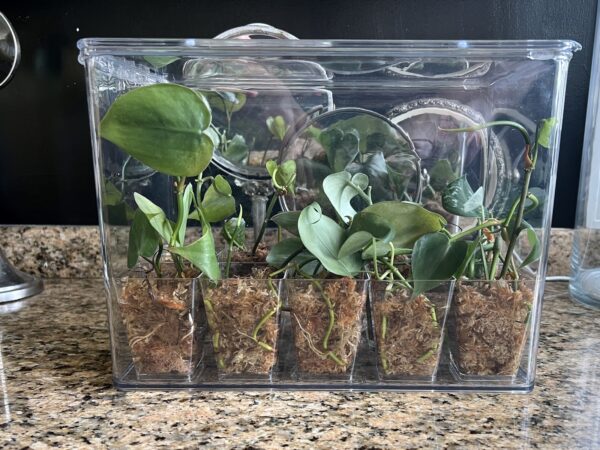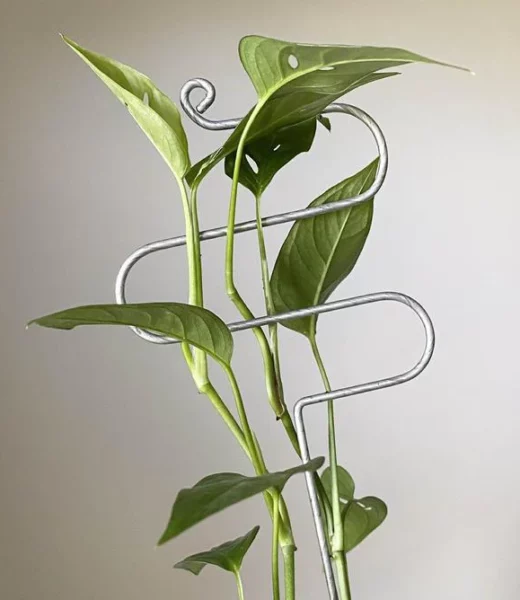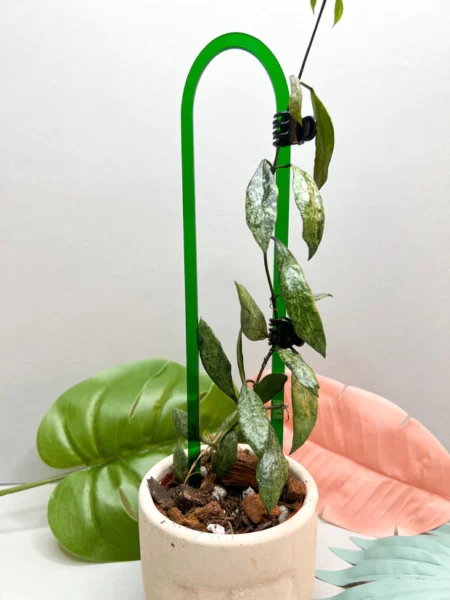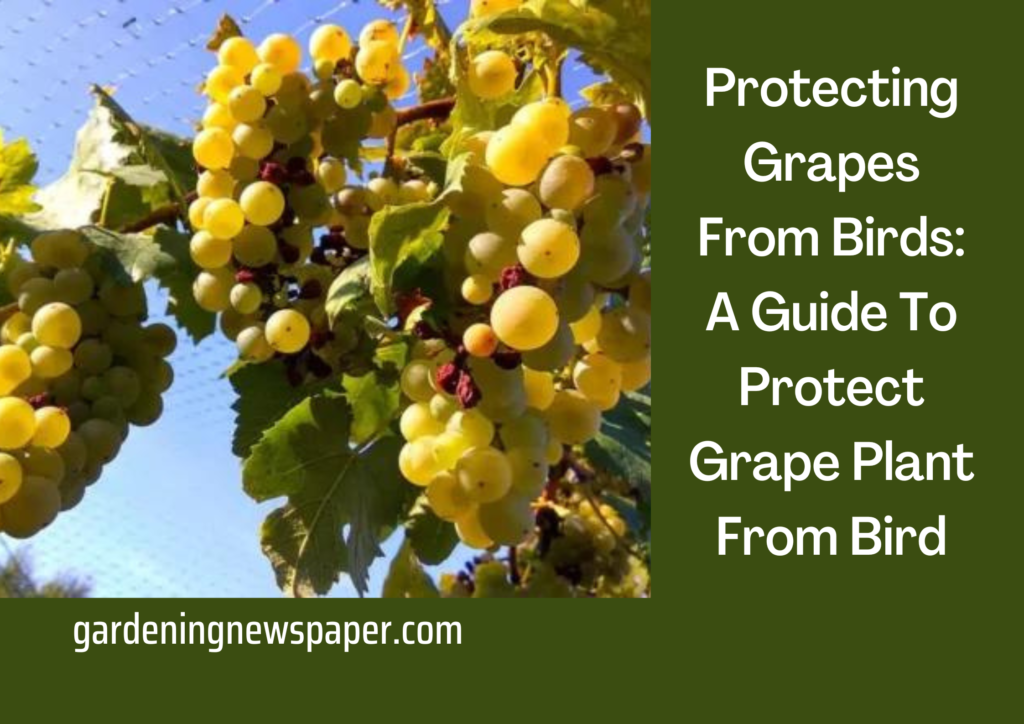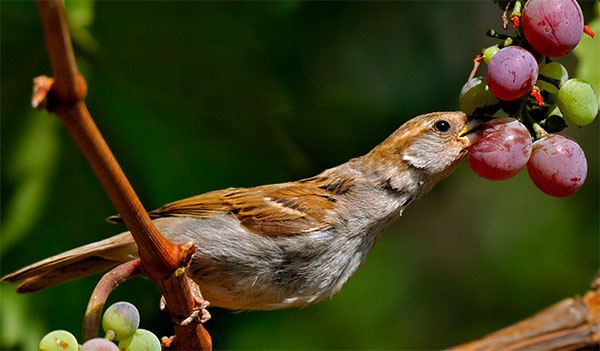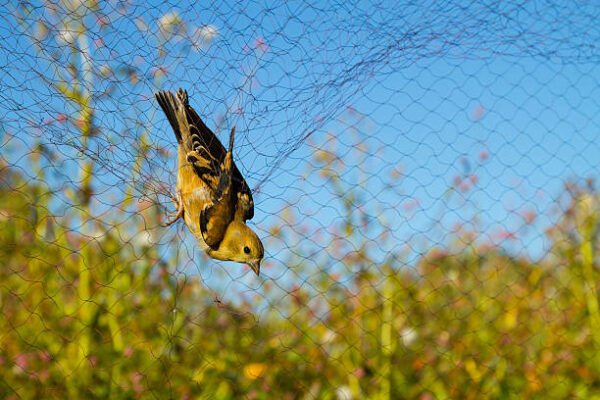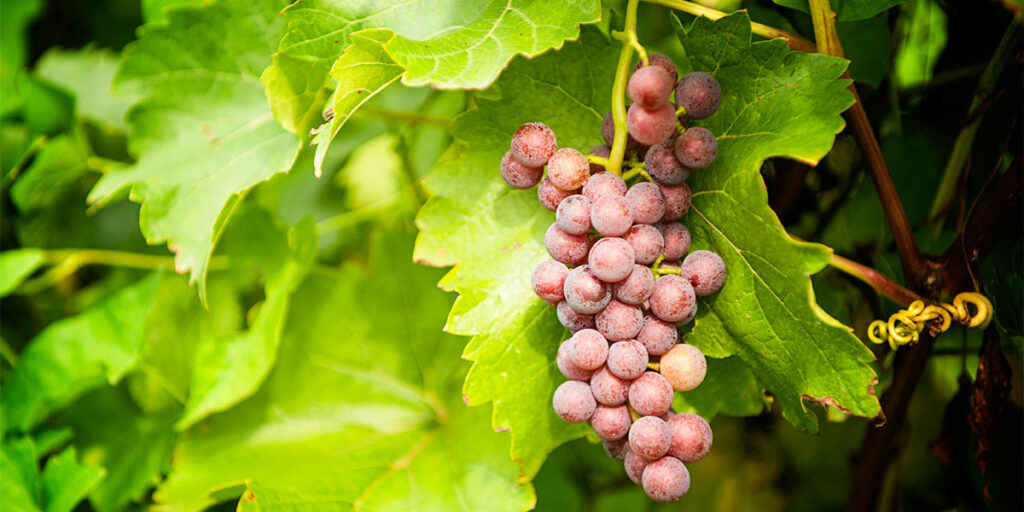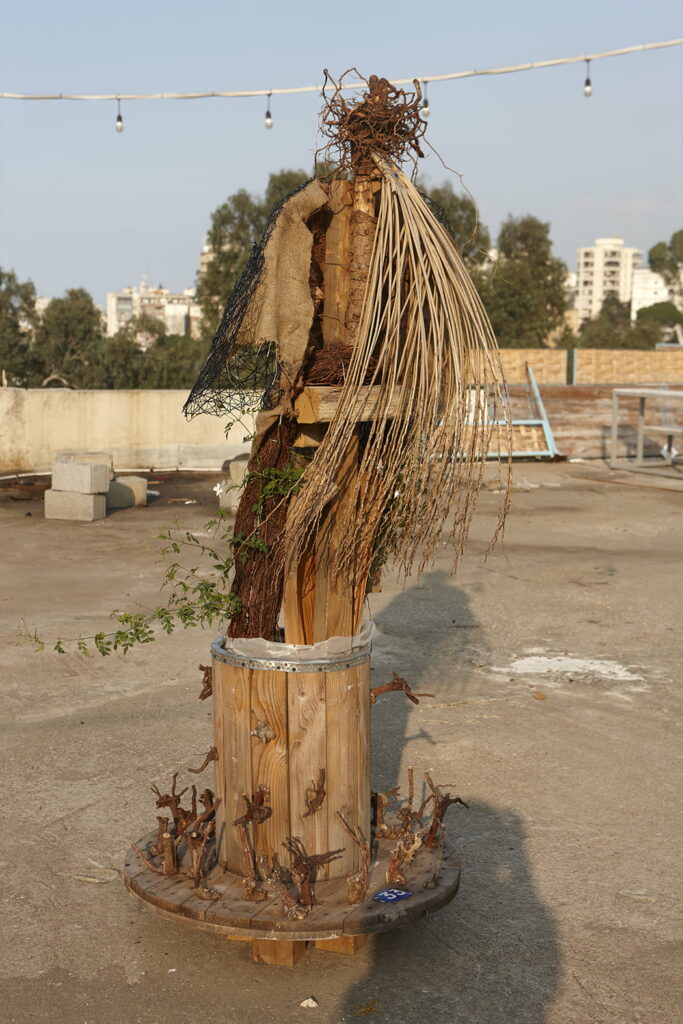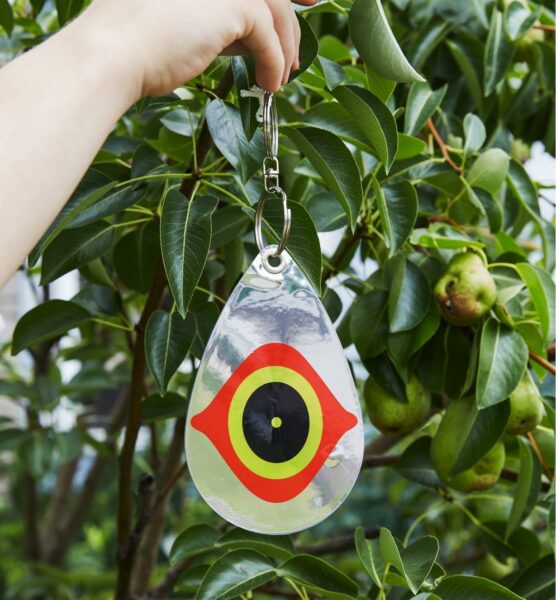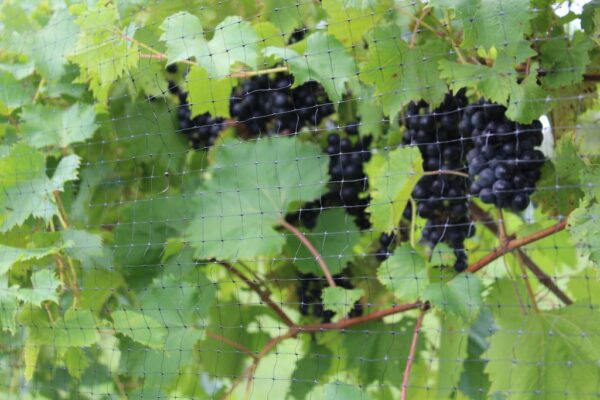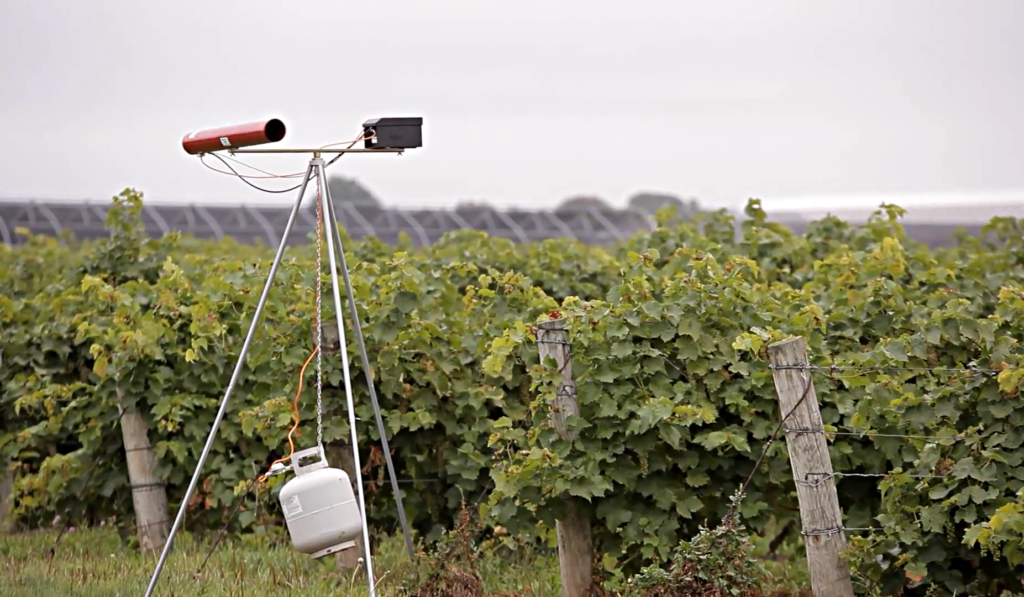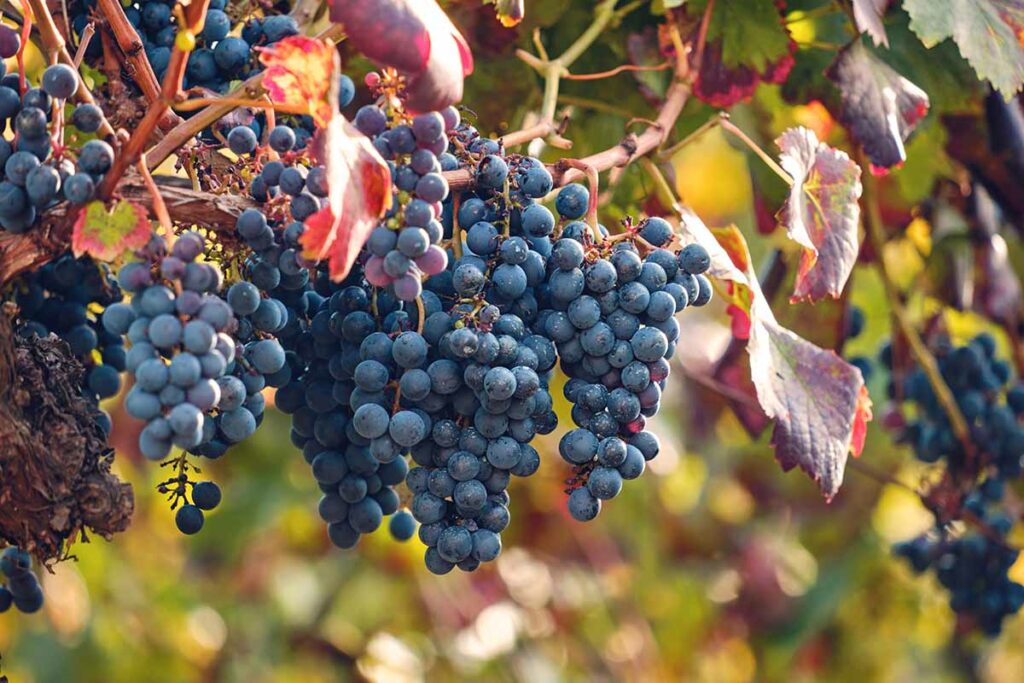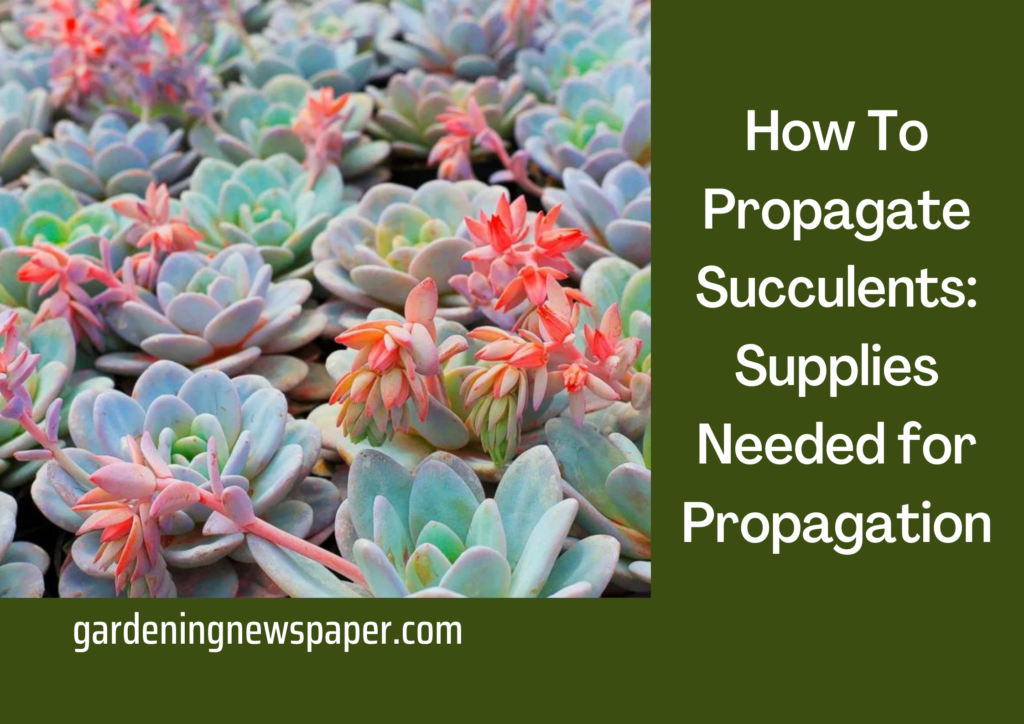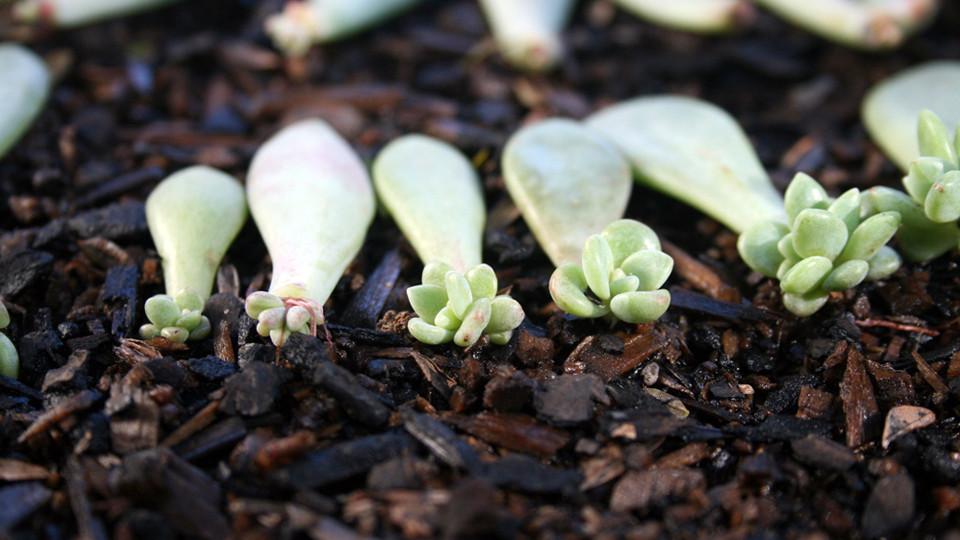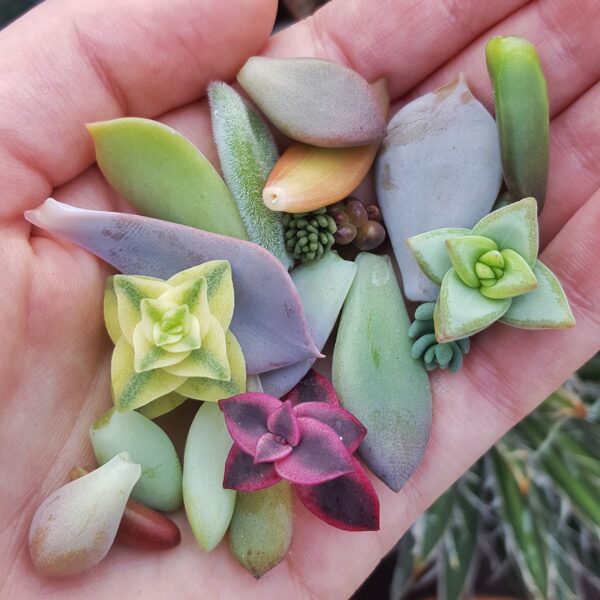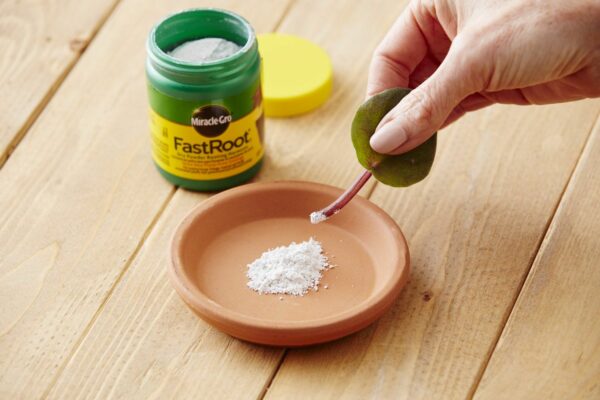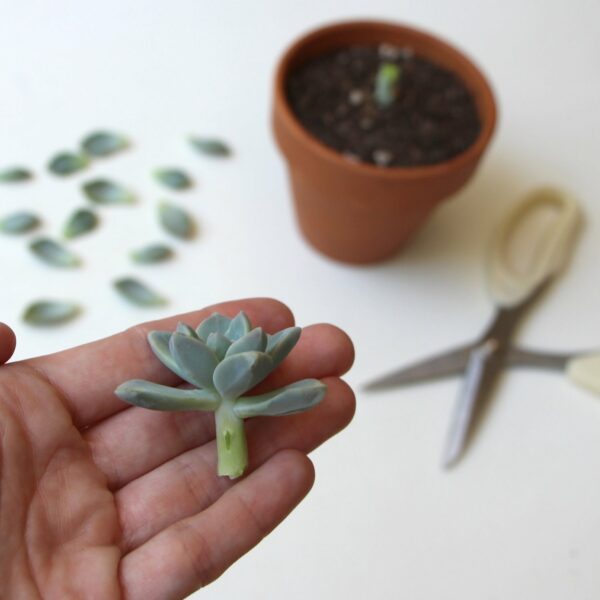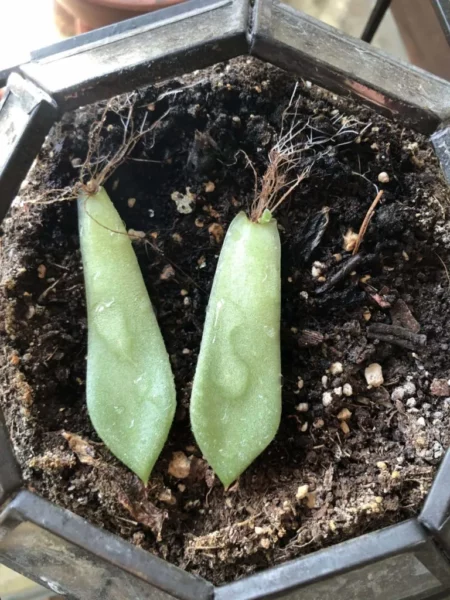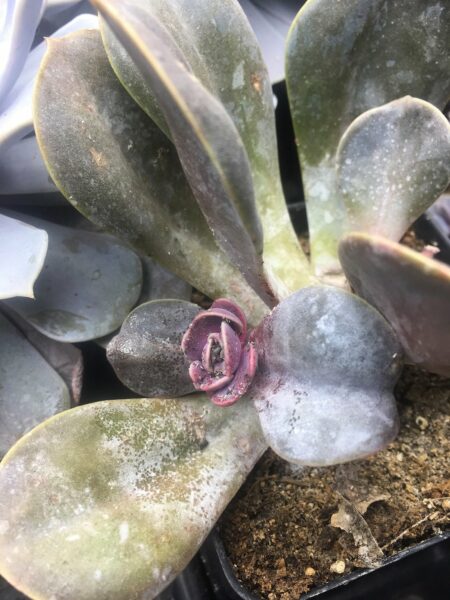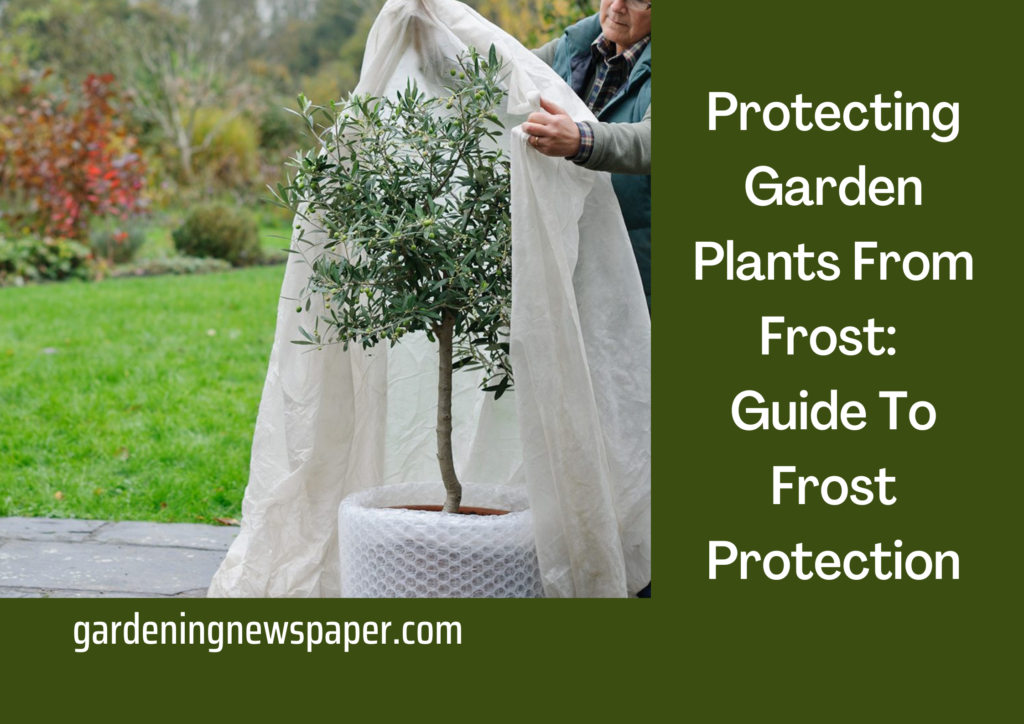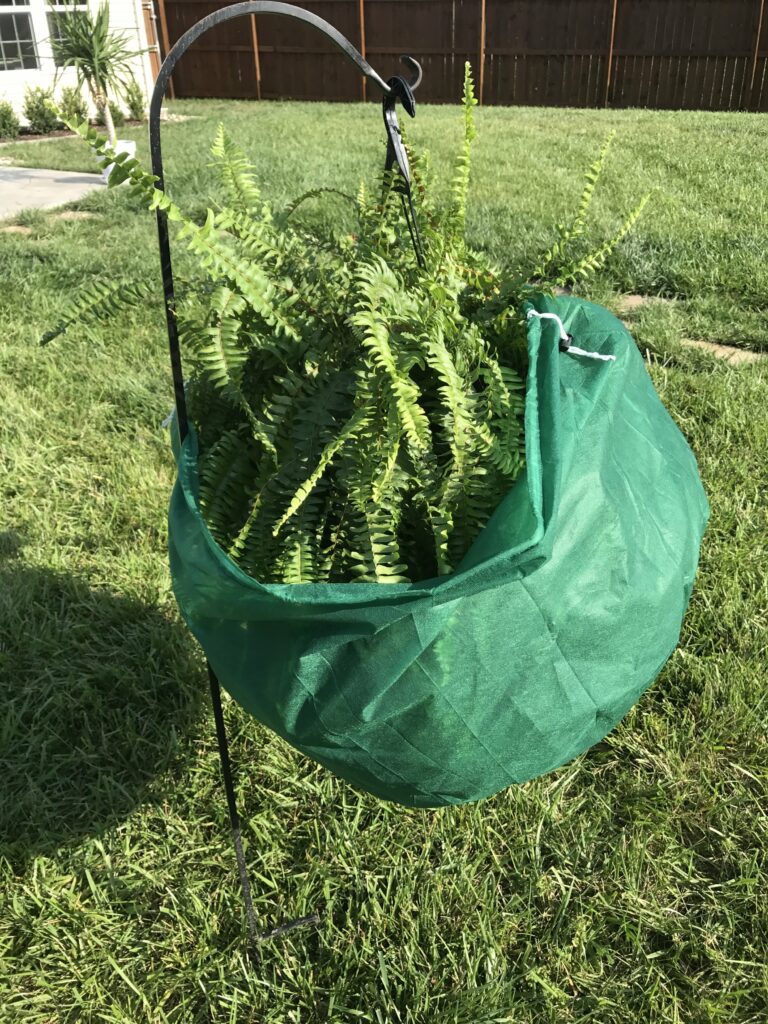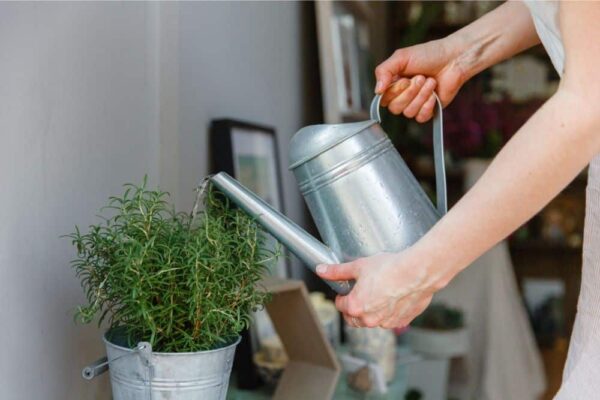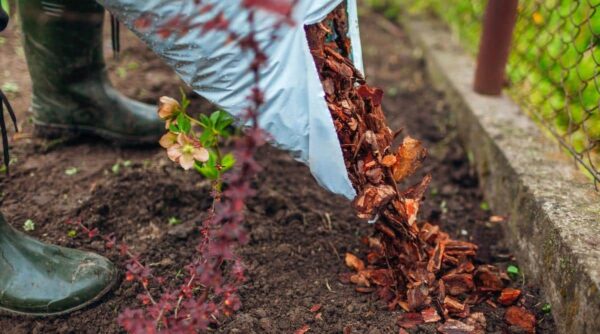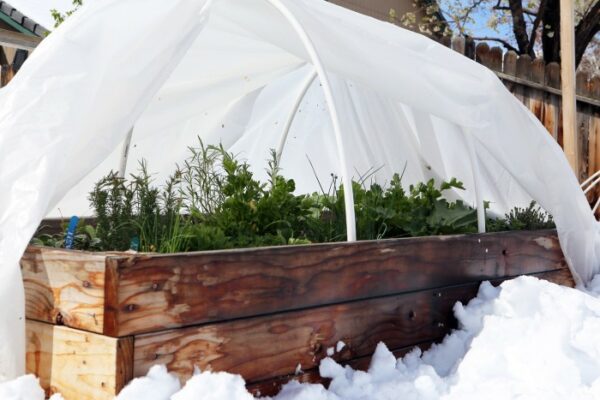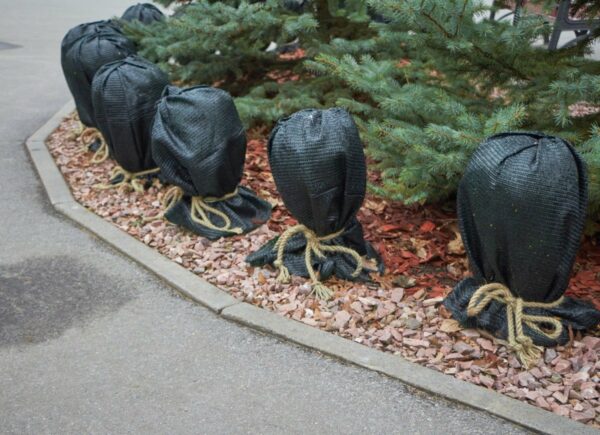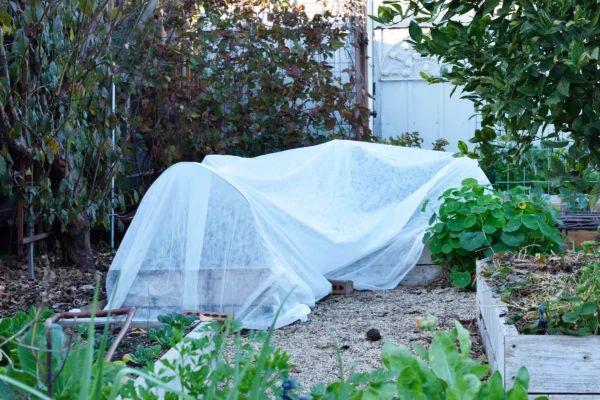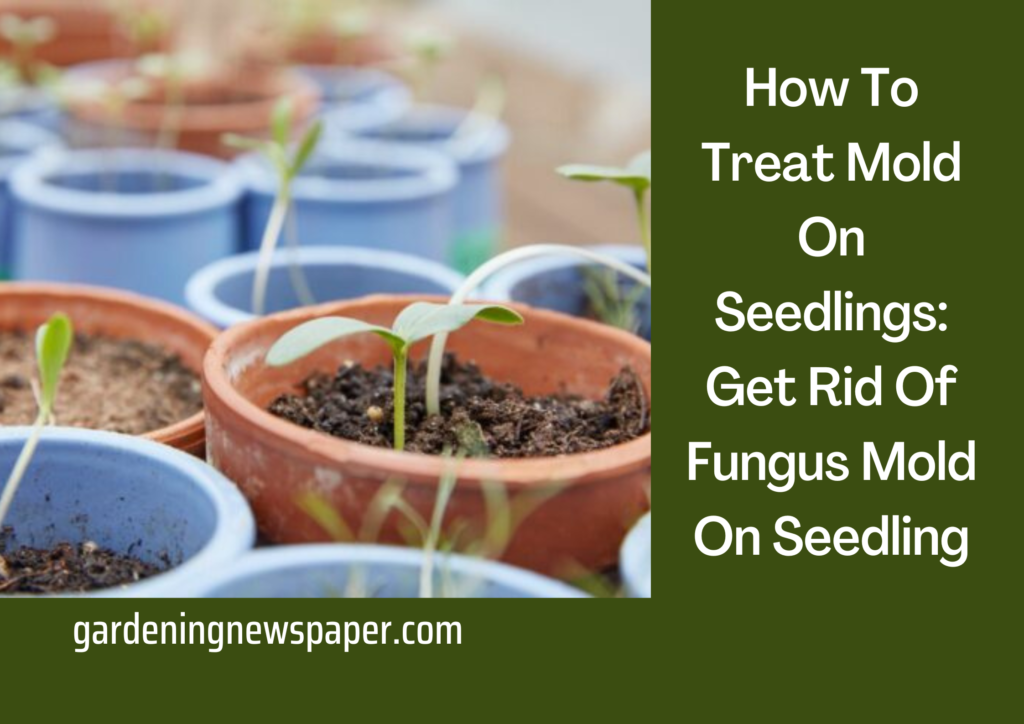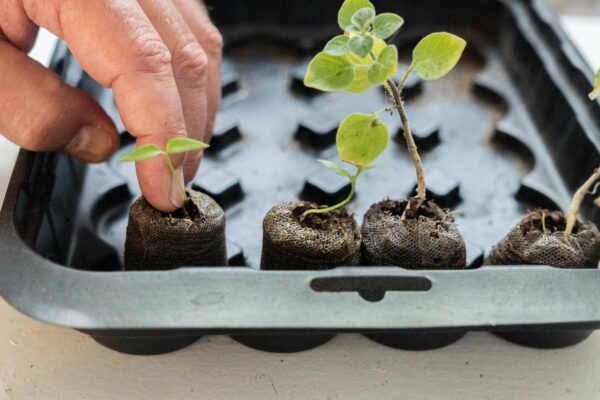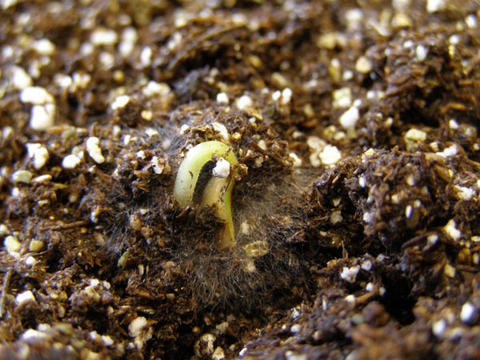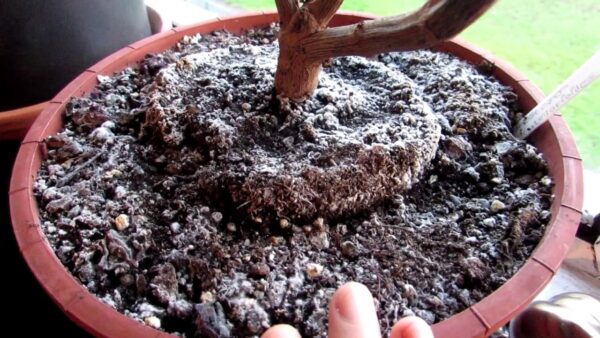Holiday Cactus Types: Cactus Plants Varieties

Cacti are a fun and festive addition to any home, especially around the holidays. While they’re not as commonly seen as other houseplants, they still offer a unique and beautiful way to decorate. In this blog post, we’ll explore the different varieties of holiday cacti and provide tips for growing and caring for these festive plants. Read on to learn more!
Overview of Holiday Cactus Types
Holiday cactus is a family of plants that includes Easter, Thanksgiving, and Christmas cactus. All of these plants are native to South America and are easy to care for houseplants. The Easter cactus, formally known as Hatiora gaertneri, is a flowering cactus with bright pink, red, or white flowers. It blooms from late winter to early spring and is a very popular choice for holiday decorations.
The Thanksgiving cactus is known as Schlumbergera truncata and has dainty, star-shaped pink or white blooms. It flowers from October to January and is often used in dried floral arrangements. Christmas Cactus, also known as Schlumbergera bridgesii, has bright red and white blooms that can be seen in November or December. All of these holiday cacti are low-maintenance plants that make for great houseplants or festive decorations around the holiday season.
Easter cactus is the most common type of holiday cactus, with its bright pink or white flowers blooming in springtime. It prefers cooler temperatures and more humidity than other types of holiday cactus, so it’s best to keep it away from direct sunlight and dry air.
Additionally, the Christmas cactus is another popular type of holiday cactus. This festive flower is known for its long blooms that start in the winter and typically reach their peak during the Christmas season. Unlike the Easter cactus, it prefers bright, indirect sunlight and drier air. The Thanksgiving cactus is also common in homes during the holiday season, and it blooms typically two weeks before Thanksgiving with its deep pink petals. Its requirements are similar to the Christmas cactus and are a great addition to any home during this special time of year.
Thanksgiving Cactus
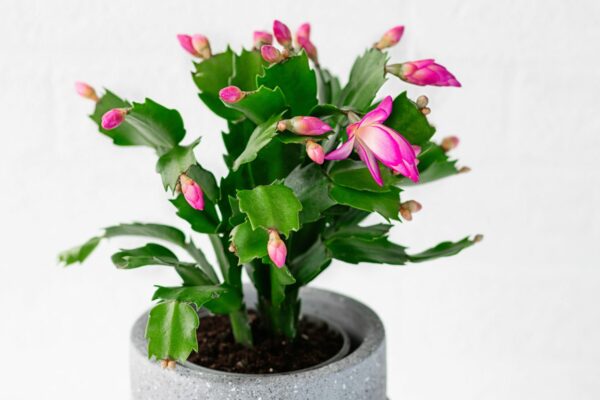
The thanksgiving cacti is a type of cactus that blooms around the Thanksgiving holiday. There are two types of thanksgiving cacti: the Schlumbergera truncata and the Rhipsalis pilocarpa.
The Schlumbergera truncata, also known as the false Christmas cactus, is native to Brazil. It has thin, flat, green stems and small, white flowers. The Rhipsalis pilocarpa, on the other hand, is native to Mexico and has thicker, curved stems with pink or white flowers.
If you’re looking for a festive addition to your holiday decorations, consider adding a thanksgiving cactus to your home. These beautiful plants are relatively easy to care for and will bloom year after year.
What Are Some Species of Thanksgiving Cactus?
The Thanksgiving cactus is a well-liked indoor plant that produces stunning, vibrant blooms in the late fall, right before Thanksgiving. The Thanksgiving cactus’ most prevalent species are:
Schlumbergera truncata
Often referred to as the “real” Thanksgiving cactus, this species features pointed, claw-shaped segments with pink, red, purple, and white blooms.
Schlumbergera russelliana
Due to the fact that this species blooms a few weeks later than the Thanksgiving cactus, it is frequently referred to as the “Christmas cactus.” It comes in pink, red, orange, and white hues and features segments with rounded, smooth edges.
Christmas Cactus
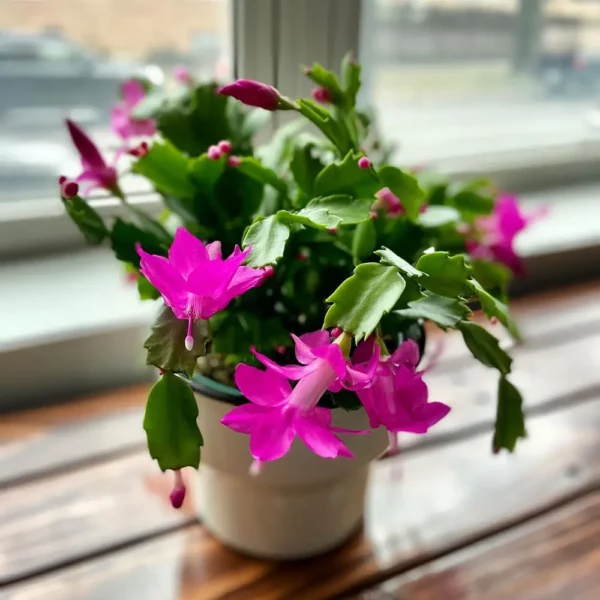
Christmas cacti are beautiful and easy-to-care-for plants that bloom indoors during the winter months. While there are many holiday cactus types, Christmas cacti are among the most popular.
Christmas cacti are actually a group of three closely related species: Schlumbergera truncata, Schlumbergera russelliana, and Schlumbergera xbuckleyi. All three are native to Brazil and belong to the genus Schlumbergera, which includes about 20 species of cacti.
Christmas cacti are known for their colorful flowers, which can be pink, red, white, or purple. They typically bloom in December, hence their common name.
These cacti are relatively easy to care for. They prefer bright, indirect light and should be allowed to dry out between watering. Overwatering can lead to root rot, so it’s best to err on the side of underwatering.
If you’re looking for a festive plant to spruce up your home this winter, a Christmas cactus may be a perfect choice!
Easter Cactus
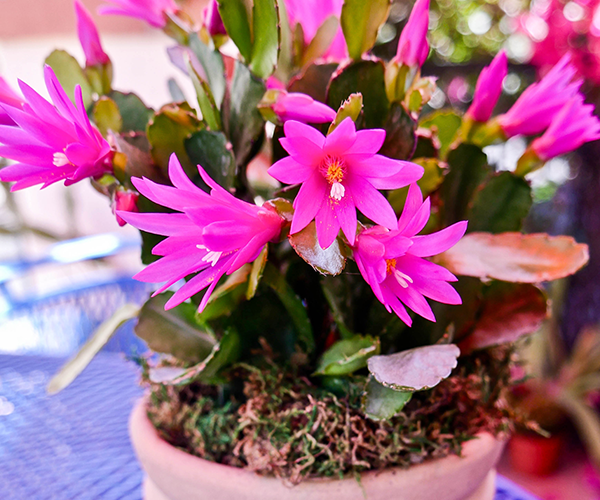
Easter cacti are a type of cactus that blooms around the Easter holiday. They are native to Brazil and are related to the Thanksgiving cactus. Easter cacti have become popular holiday plants in recent years.
There are two main types of Easter cacti, the Rhipsalidopsis gaertneri and the Schlumbergera truncata. The Rhipsalidopsis gaertneri is the most common type of Easter cactus. It has long, arching stems and pink, red, or white flowers. The Schlumbergera truncata is a smaller Easter cactus with shorter, more compact stems. It typically has red or purple flowers.
Easter cacti are easy to care for and can be propagated from stem cuttings. They should be allowed to dry out between watering and should be fertilized monthly during the growing season. Easter cacti can be put outdoors in the summer but should be brought indoors before the first frost.
If you are looking for a festive plant to add to your home for Easter, consider an Easter cactus!
Tips for Growing and Caring for Holiday Cacti
Holiday cacti, like Thanksgiving and Easter cacti, are popular houseplants because they are low-maintenance and easy to care for. To keep them thriving, however, it is important to provide them with the right environment; this means making sure they get the right amount of light, water and fertilizer.
One of the most popular holiday cacti is the Christmas cactus, which is known for its bright pink and red blooms. The Christmas cactus should be placed in an area with lots of indirect sunlight and watered once per week, or when the soil has dried out. It also benefits from fertilizer during the blooming season, which typically occurs between November and April. With the right amount of care and attention, a Christmas cactus can add a festive touch of beauty to any home.
For best results, place holiday cacti in bright but indirect sunlight; if grown indoors, a south-facing window is ideal. When it comes to watering, these plants should be kept evenly moist but not saturated; this can be achieved by allowing the top inch of soil to dry out before watering again.
Lastly, fertilize your holiday cactus every two weeks during their active growing season (typically April through September). A balanced liquid fertilizer applied at half strength is recommended for optimal growth and flowering potential Thus, christmas cactus should be fertilized every two weeks during their active growing period (April through September).
To ensure christmas cactus are healthy and reach their full growth and flowering potential, it is best to use a balanced liquid fertilizer at half strength. With regular fertilization and the right care, christmas cactus can bring lasting holiday cheer for years to come.
Common Problems to Look Out for When Growing Holiday Cactus Varieties
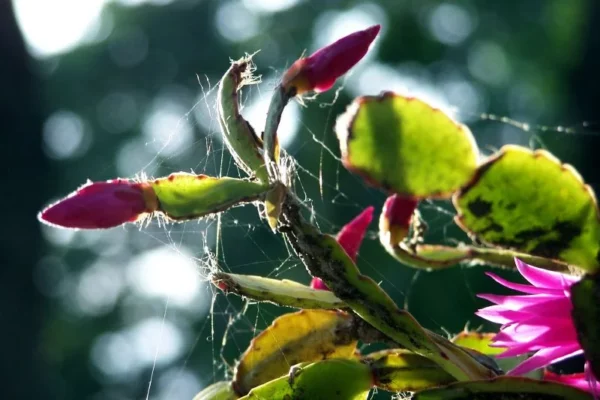
When growing a holiday cactus, it is important to look out for common problems that may arise. One of these problems is overwatering, as too much water can lead to root rot and propagate fungal diseases.
Amongst the most popular types of holiday cacti are the christmas cactus, which is a seasonal bloomer that is easy to care for. It produces a multi-colored display of flowers in shades of red, purple, orange and white. To ensure christmas cactus blooms for the holiday season, ensure that it is not watered too often and provide adequate light. Additionally, christmas cacti should be kept out of direct sunlight and will thrive best in temperatures between 65°F-75°F. With proper care, the christmas cactus can offer an attractive holiday display for many years.
As holiday cacti are native to tropical climates, they require consistently warm temperatures to thrive. It is important to keep the temperature of your home between 65°F and 75°F, and keep your plant away from any cold drafts or air conditioning vents. Among the popular holiday cacti varieties are the easter cactus, which blooms between March and April and produces pink, yellow, purple, or red flowers.
Easter cactus prefers light shade and warm temperatures and should be kept slightly moist at all times for optimal growth. To ensure proper blooming for the easter cactus, place it in a sunny window with indirect sunlight for several hours a day. In addition to the easter cactus, there are several other types of holiday cacti that require similar care and attention. With the right conditions, your plant can bring color and life to your home throughout the year.
To Conclude
While holiday cacti may not be as popular as other houseplants, they are a unique and festive way to decorate your home. With proper care and maintenance, these plants can thrive for years to come and offer beautiful blooms when in season. No matter what variety you choose, a holiday cactus can help bring some holiday cheer to any home.

